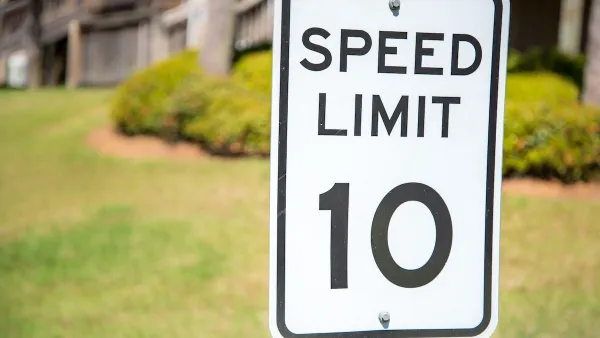Preliminary results from a new study suggest that Americans are willing to pay about $850 more per Walk Score point when purchasing a home.
Emily Washington and Eli Dourado, the researchers behind the project, used revealed preference theory to uncover the extent to which walkability can inform a homebuyer’s choices. Walkable homes come with a higher price tag, Washington writes, because they are in relatively scarce supply. It follows that developers avoid building walkable housing not for financial reasons, but because of certain external regulations.
Washington says that research indicating Americans prefer single-family homes because there are more of them is built upon a false set of assumptions. “[L]ooking at the housing choices that Americans make while ignoring both regulations that limit the potential choice set and without considering the prices consumers pay is misleading, like saying Americans prefer Fords to BMWs because there are more of them on the road,” she explains.
FULL STORY: The Value of Walkability

Maui's Vacation Rental Debate Turns Ugly
Verbal attacks, misinformation campaigns and fistfights plague a high-stakes debate to convert thousands of vacation rentals into long-term housing.

Planetizen Federal Action Tracker
A weekly monitor of how Trump’s orders and actions are impacting planners and planning in America.

San Francisco Suspends Traffic Calming Amidst Record Deaths
Citing “a challenging fiscal landscape,” the city will cease the program on the heels of 42 traffic deaths, including 24 pedestrians.

Defunct Pittsburgh Power Plant to Become Residential Tower
A decommissioned steam heat plant will be redeveloped into almost 100 affordable housing units.

Trump Prompts Restructuring of Transportation Research Board in “Unprecedented Overreach”
The TRB has eliminated more than half of its committees including those focused on climate, equity, and cities.

Amtrak Rolls Out New Orleans to Alabama “Mardi Gras” Train
The new service will operate morning and evening departures between Mobile and New Orleans.
Urban Design for Planners 1: Software Tools
This six-course series explores essential urban design concepts using open source software and equips planners with the tools they need to participate fully in the urban design process.
Planning for Universal Design
Learn the tools for implementing Universal Design in planning regulations.
Heyer Gruel & Associates PA
JM Goldson LLC
Custer County Colorado
City of Camden Redevelopment Agency
City of Astoria
Transportation Research & Education Center (TREC) at Portland State University
Jefferson Parish Government
Camden Redevelopment Agency
City of Claremont





























